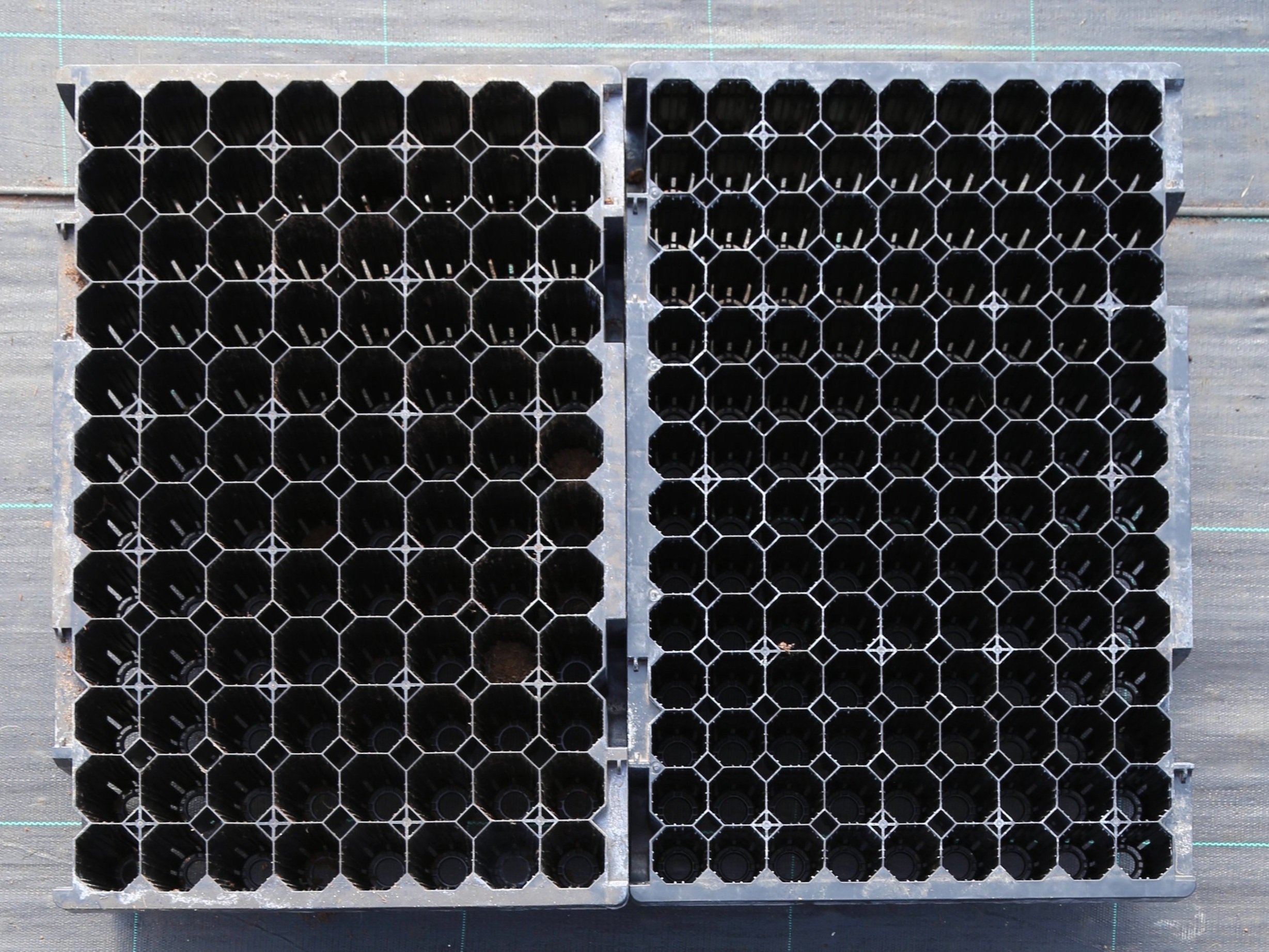The Benefits of Planting Cell Grown Trees and Hedging
Our goal has always been to not just plant trees but establish them. Here in our home region of East Anglia, we have below 600mm of rain each year, making us the driest region of the UK – we are proud of this accolade – so we have a pretty good feel for tough tree growing conditions. This is essentially what led us down the path of cell-grown trees. Although there isn’t much hard data to go on yet, we firmly believe that cell-grown trees will have a higher survival rate once planted. It makes sense, right? They already have the growing medium they’re used to on hand which reduces transplant shock, the medium works like a sponge holding water against the roots, and because the roots haven’t been disturbed there are lots of fine root hair increasing the water uptake potential. There are other benefits to cell-grown trees. Less land disturbance, greater control over their immediate environment, and ease of planting - we don’t have to constantly cultivate fields, you can move them, and they drop into the ground like a lawn dart. Another huge benefit to cell-grown trees is how they open the planting window right up. Our trees are ready to be planted in early October and can be planted right through until the beginning of April. We actually sold trees well into June this year and are pleased to see positive results. How short is the bare root season now? Four or five months at a push, I think. We speak to a lot of tree planters who rejoice when their client specifies cell-grown trees because they can plant a lot more trees in a day and they can spread their planting season out a bit, cutting down on those 8-day weeks in winter working by torch light.
Positive feedback is always a nice thing, but what feels really good is learning you were right. Of course, this is only anecdotal evidence, but we supplied some Ulex europaeus and U. gallii to a rewilding project on the east coast of Suffolk. This project was headed by one of our directors, Tom Hoblyn, but we were never meant to supply them. The project planted their trees as we were establishing as a business, so we didn’t have anything for sale. This was the summer of 2021, so there was absolutely no rain for an excruciating amount of time. Of course, these trees were all bare root, as is the way. That’s what everyone knows, so that’s what government-aided schemes tend to be offered. Pretty much all the trees died, which is horrible to hear – it’s never nice to hear about failed tree-planting schemes. The owner was understandably quite disheartened by this, but we thought maybe we could help. We sent over two species of gorse, cell grown, we let Lee Attridge plant the horrifically prickly so and so’s, and they all survived. Some of this can obviously be accounted for with the better growing conditions this year, but the difference is so massive you must give some credit to the cell-grown method.
If you want to read more about the project, follow this link to Tom’s version of events.
I hope everyone is enjoying this brief spell of summer.
Harry Hoblyn



